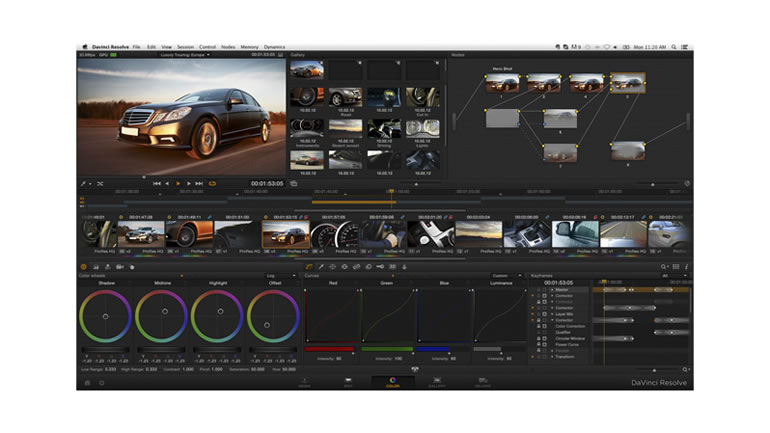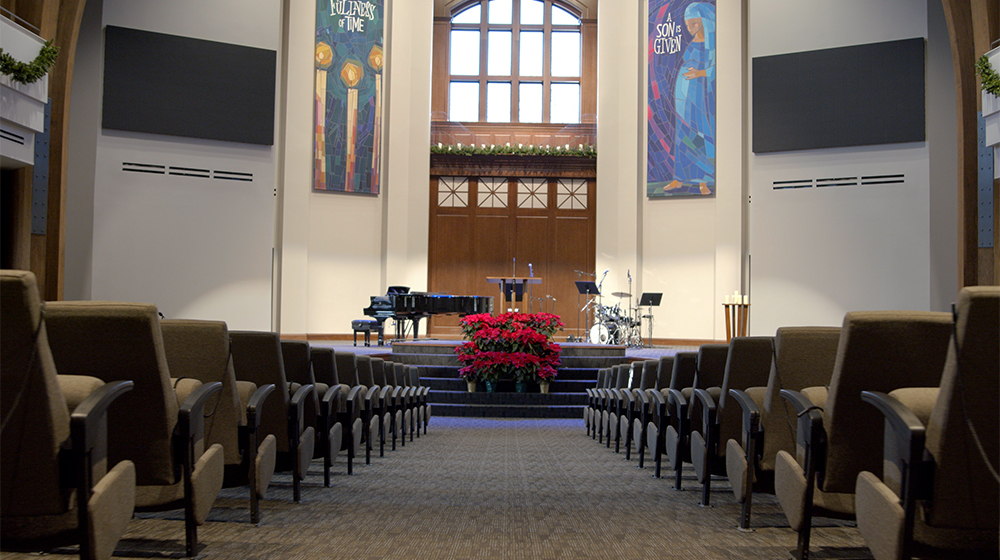Blackmagic Design announced DaVinci Resolve was used for color grading on Shinji Aoyama’s award winning film “Tomogui” (“The BackWater”), which will be in theaters across in Japan on September 7th.
“Tomogui,” which recently won several high profile awards at the Locarno International Festival in Switzerland, is based on Shinya Tanaka’s Akutagawa Prize winning novel about life during the Showa era in Shimonoseki City in Yamaguchi, southern Japan. Award winning filmmaker Shinji Aoyama directed the film and worked with DoP Takahiro Imai to bring the film’s gritty and often violent scenes to life.
Imai explained that after he read the original novel, he felt the story’s atmosphere was not a world of blue sky. “It was about people who were down to earth in the last year of the Showa era, so I wanted to emphasize the soil and ground more, not looking up at the sky,” he said. “Therefore, I decided the tone of this film should be an amber color, not blue. We knew we were going to color grade this film in post production, and I helped create the tone on site using filters.”
In order to deliver on Imai’s vision, the team chose Genta Tamaki at Japan’s Interceptor Inc., whom they have worked with on previous projects, as the editor and colorist for the film. Tamaki has been using DaVinci Resolve for color correction for three years and relies on its flexibility and feature set, all at an affordable cost. “Resolve gives me the freedom to do any color correction and achieve any look. Also, we could not complete the job within the budget without it, while still keeping the quality of the film very high.”
Tamaki said, “The story is set in summer but, when we saw the rushes after shooting, we felt the footage didn’t quite express the heat of summer. So using Resolve, I added more yellow to the original tone, which was more orange, to express the heat. Also, we wanted a desaturated look throughout the film, so I removed a lot of colors.
“I did both the editing and grading, so I was grading while I was still editing my timeline. I edited this film with Final Cut Pro X and exported the XML of the work in progress to Resolve for grading. I then rendered all of the shots used in the timeline to round trip back into Final Cut Pro X.” he said. “By rendering all the original clips of shots used for the edit, not just the few seconds used, when I re edited the timeline and changed the duration of some shots, I could always use the graded image. Resolve allowed me to work this way easily.”
With a small budget for post production, it was important that the entire grading process be as efficient as possible. “Everything is done in real time in Resolve. I could cooperate with the film crew and try many different looks and check them right away. I spent three to four days on grading, and Resolve let me spend time creating looks without stress,” Tamaki concluded.
About Blackmagic Design
Blackmagic Design creates the world’s highest quality video editing products, digital film cameras, color correctors, video converters, video monitoring, routers, live production switchers, disk recorders, waveform monitors and film restoration software for the feature film, post production and television broadcast industries. Blackmagic Design’s DeckLink capture cards launched a revolution in quality and affordability, while the company’s Emmy™ award winning DaVinci color correction products have dominated the television and film industry since 1984. Blackmagic Design continues ground breaking innovations including stereoscopic 3D and 4K workflows. Founded by world leading post production editors and engineers, Blackmagic Design has offices in the USA, United Kingdom, Japan, Singapore, and Australia.




